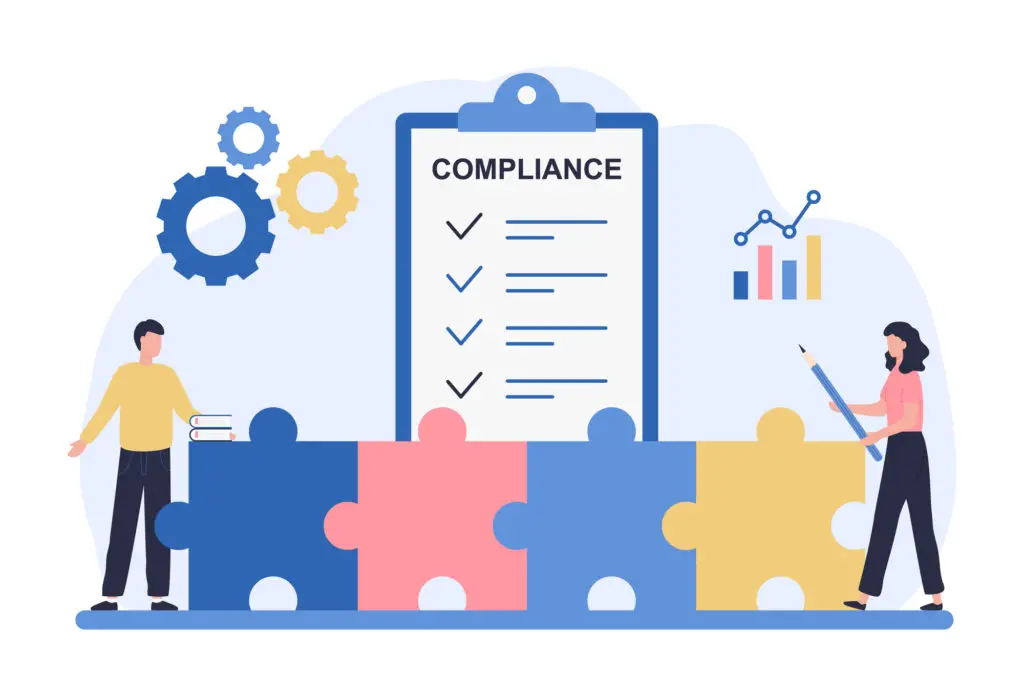 It’s been 32 years since the Americans with Disabilities Act became law. Several years ago, we had a blog that addressed the problem of making a website usable by 25+ million visually impaired in the U.S. A website should be usable by those with visual or audio impairments. Here’s an update.
It’s been 32 years since the Americans with Disabilities Act became law. Several years ago, we had a blog that addressed the problem of making a website usable by 25+ million visually impaired in the U.S. A website should be usable by those with visual or audio impairments. Here’s an update.
Why make your website accessible?
There are several compelling reasons to make your website accessible to the visually impaired:
- The law. The Americans with Disabilities Act requires you to provide access to your facilities to the disabled. The U.S. Department of Justice issued guidance in March on web accessibility and the ADA.
- The litigation. There’s been a record number of lawsuits filed under the ADA in recent years, with more than 2,500 in 2020 alleging websites were not accessible.
- The customer base. Even if you weren’t required to make your site accessible, it makes good business sense to do so. Why prevent millions of individuals from viewing your site and transacting business with you? What’s more, if you do any government contracting, you may lose out if your website isn’t accessible.
- The staff. If you have employees who have accessibility issues, be sure your site is ADA compliant.
What is ADA compliant?
Being ADA compliant doesn’t mean your site is capable of being enlarged to accommodate those with visual impairment. The following is excerpted from the Justice Department guidance on website errors in violation of the ADA:
- Poor color contrast. People with limited vision or color blindness cannot read text if there is not enough contrast between the text and background (for example, light gray text on a light-colored background).
- Use of color alone to give information. People who are color-blind may not have access to information when that information is conveyed using only color cues because they cannot distinguish certain colors from others. Also, screen readers do not tell the user the color of text on a screen, so a person who is blind would not be able to know that color is meant to convey certain information (for example, using red text alone to show which fields are required on a form).
- Lack of text alternatives (“alt text”) on images. People who are blind will not be able to understand the content and purpose of images, such as pictures, illustrations, and charts, when no text alternative is provided. Text alternatives convey the purpose of an image, including pictures, illustrations, charts, etc.
- No captions on videos. People with hearing disabilities may not be able to understand information communicated in a video if the video does not have captions.
- Inaccessible online forms. People with disabilities may not be able to fill out, understand, and accurately submit forms without things like:
- Labels that screen readers can convey to their users (such as text that reads “credit card number” where that number should be entered);
- Clear instructions; and
- Error indicators (such as alerts telling the user a form field is missing or incorrect).
- Mouse-only navigation (lack of keyboard navigation). People with disabilities who cannot use a mouse or trackpad will not be able to access web content if they cannot navigate a website using a keyboard.
Find more information about web accessibility from W3C (web accessibility initiative) and the following government resources:
- 18F Accessibility Guide: a comprehensive accessibility guide with resources published by 18F, a digital services agency under the General Services Administration (GSA).
- Digital.gov: this site, which is part of the Technology Transformation Services at the GSA, has resources on design of products, devices, services, or environments for people with disabilities.
- Section 508 Information and Communication Technology Accessibility Standards: standards published by the U.S. Access Board addressing access to information and communication technology under Section 508 of the Rehabilitation Act of 1973.
- Section508.gov: a website published by the GSA with tools and training on implementing website accessibility requirements under Section 508.
Tax break for becoming compliant?
As a small business, you may be able to claim a federal tax credit for the costs of creating accessibility for people with disabilities. A small business for purposes of this credit is one that earned $1 million or less or had no more than 30 full time employees in the previous year.
The amount of the disabled access credit is 50% of expenditures over $250 but not over $10,250 (a top credit of $5,000). While the IRS has not specifically ruled on whether website costs to become ADA compliant are qualified expenditures and there have been no court cases on point, it’s arguable that they would be qualified expenditures for this credit. Of course, discuss your situation with your tax adviser.
You can learn more about this credit in the instructions to IRS Form 8826.
Our website
We’re working with our web people to upgrade our website to be ADA compliant. We’re not at 100%, but working to get within acceptable limits.
Final thoughts
Recognize the value of having an ADA-compliant website. Consider having your website reviewed for ADA compliance. There are several sites that will conduct a free audit, including:
- AudioEye (it’s a cursory audit of one webpage)
- SiteImprove (you have to agree to receive email from them, although you can then unsubscribe).
Then work with your web developer to build compliance into your site.


